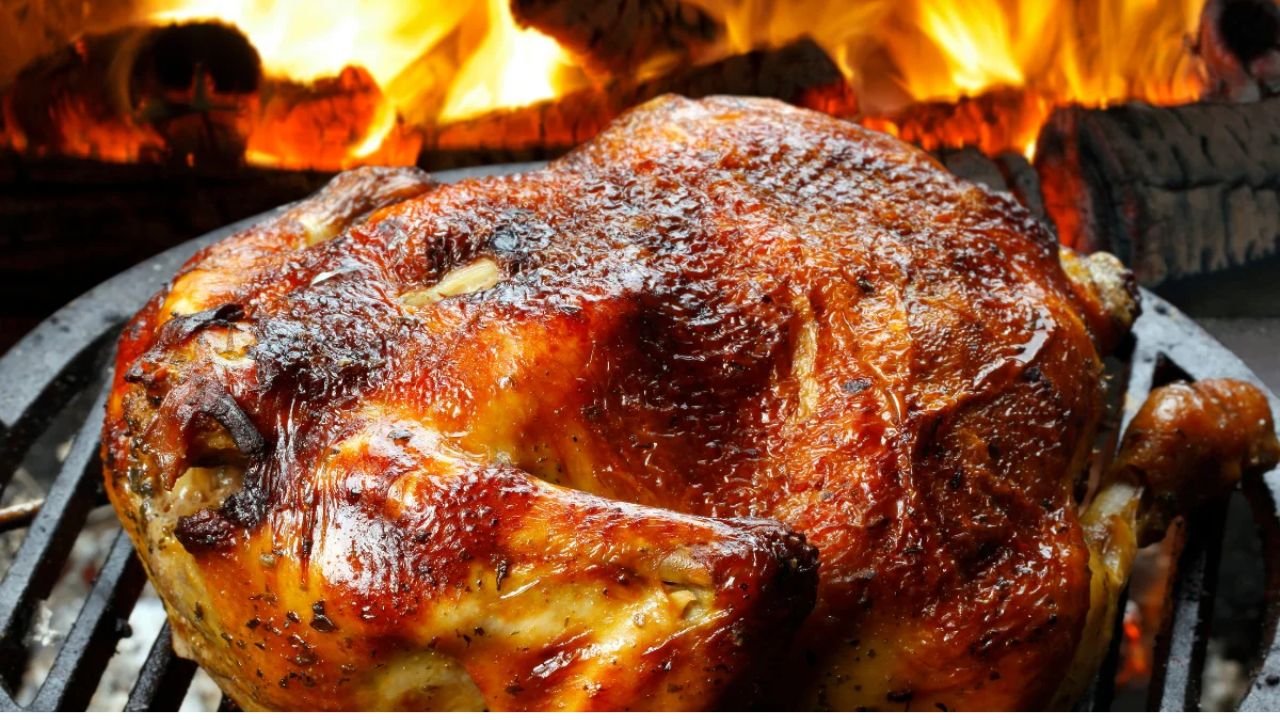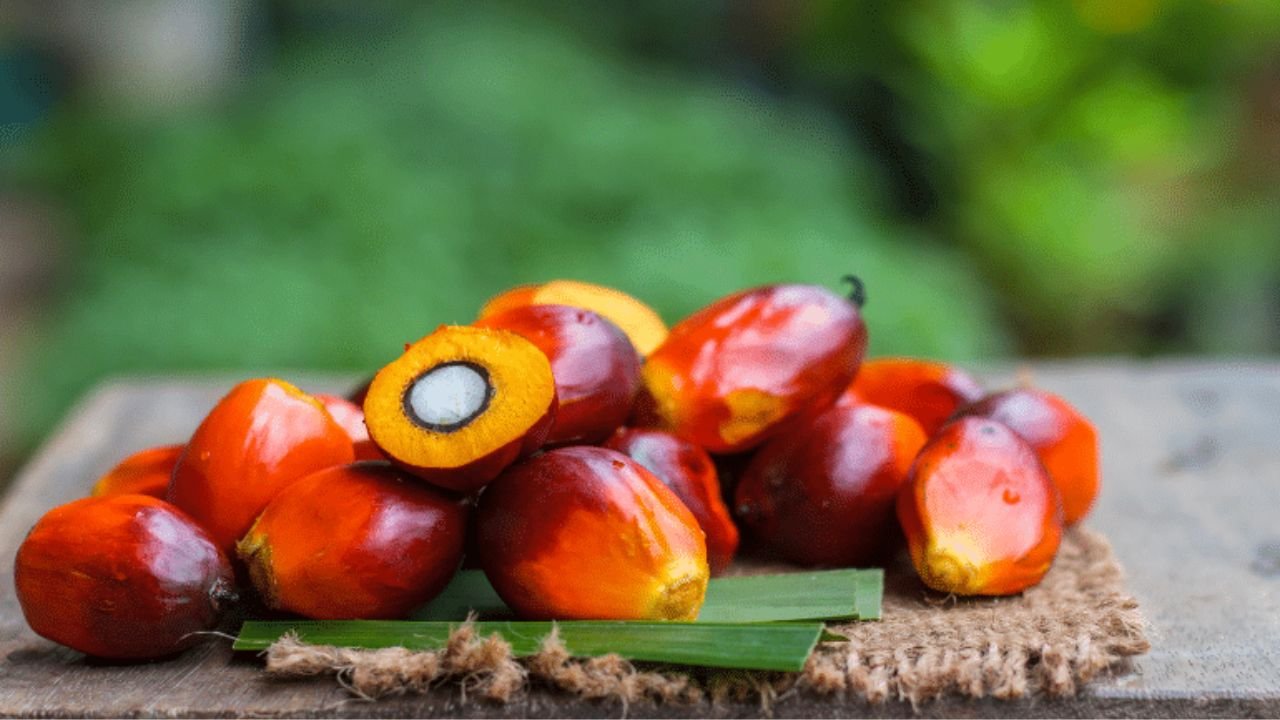Pollaste, a dish that has tantalized taste buds for generations, is not just a meal; it’s a celebration of culture and flavor. Known for its rich history and diverse preparation methods, Pollaste holds a special place in the hearts of food enthusiasts and culinary explorers alike. Originating from a blend of traditional recipes and innovative cooking techniques, this dish embodies the spirit of culinary adventure. Whether you’re a local foodie or a curious traveler, Pollaste promises a gastronomic experience that is both timeless and thrilling.
The History of Pollaste
Origins of Pollaste
Pollaste has deep roots in the culinary traditions of its native region. It is believed to have originated centuries ago, with its first iterations emerging in the bustling markets of a vibrant city known for its rich food culture. Initially, the dish was a staple for locals, prepared during festive occasions and family gatherings. Over time, Pollaste caught the attention of travelers and traders, who spread the word—and the recipe—across continents.
Evolution of Pollaste
As Pollaste traveled beyond its birthplace, it evolved, adapting to local tastes and ingredients. Each region added its unique twist, resulting in an array of variations, each with its distinct flavor profile. From spicy renditions in the East to herb-infused versions in the Mediterranean, Pollaste’s versatility made it a beloved dish worldwide. Despite these changes, the essence of Pollaste—its heartwarming taste and aromatic spices—remains unchanged.
Ingredients and Preparation
Essential Components of Pollaste
The key to an authentic Pollaste lies in its ingredients. Traditionally, the dish features tender cuts of chicken, marinated with a blend of spices that include cumin, coriander, and saffron. Fresh herbs, such as parsley and mint, add a burst of freshness, while a touch of lemon juice provides a subtle tang. These components come together to create a symphony of flavors that are both bold and comforting.
Preparing Pollaste
Creating Pollaste at home is a rewarding endeavor. Begin by marinating the chicken in a mixture of spices, herbs, and oil. Allow the flavors to meld for several hours, or overnight for a more intense taste. Next, grill or roast the chicken until it is cooked through and beautifully golden. Pair with a side of fragrant rice or freshly baked bread for a complete meal. For a modern twist, consider using a sous-vide technique to achieve perfectly tender meat, retaining moisture and enhancing the overall flavor.
The Culinary Experience
Exploring Flavors and Textures
Pollaste is a delightful play of flavors and textures. The dish boasts a savory, aromatic profile, with hints of sweetness from caramelized onions and raisins. The tender chicken, combined with the crunch of roasted nuts, creates a satisfying bite that leaves you craving more. Each mouthful is a testament to the skill and passion that goes into creating this iconic dish.
Best Pairings and Serving Suggestions
To enhance the Pollaste experience, consider pairing it with a crisp, refreshing salad or a yogurt-based dip. The coolness complements the warm spices, balancing the palate. Serve Pollaste with a chilled glass of white wine or a sparkling water infused with lemon and mint for a refreshing drink. This balance of hot and cold, savory and sweet, creates a harmonious dining experience that delights the senses.
Pollaste Around the World
International Adaptations
Pollaste’s global popularity has led to numerous adaptations, each reflecting the culinary heritage of its region. In some countries, seafood is substituted for chicken, offering a coastal twist on the classic recipe. In others, vegetarian versions incorporate hearty vegetables and legumes, catering to diverse dietary preferences. These adaptations showcase the dish’s flexibility and universal appeal.
Popularity and Cultural Significance
Pollaste has transcended borders, becoming a symbol of culinary diplomacy and cultural exchange. It is a dish that brings people together, bridging gaps through shared flavors and communal dining. In many cultures, preparing and sharing Pollaste is a gesture of hospitality and warmth, making it a meaningful part of life’s celebrations and everyday meals.
Pollaste in Modern Cuisine
Influence on Contemporary Culinary Trends
In today’s culinary landscape, Pollaste continues to inspire chefs and home cooks alike. Its rich history and adaptable nature make it a favorite in fusion cuisine, where traditional recipes meet modern techniques. Chefs experiment with Pollaste by incorporating local ingredients, creating unique dishes that honor the original while offering something new.
Innovations and Fusion Dishes
From Pollaste tacos to Pollaste pizzas, innovations abound in contemporary kitchens. These creative takes on the classic dish invite food enthusiasts to explore new taste horizons. By blending Pollaste’s traditional flavors with modern culinary elements, these dishes offer a fresh perspective on an age-old favorite, ensuring its place in the future of gastronomy.
You May Also Like: Discovering the Flavors of Çeciir in Turkish Cuisine
Conclusion
Pollaste is more than a dish; it is a culinary voyage that invites you to savor tradition and innovation in every bite. Its rich history, diverse flavors, and cultural significance make it a must-try for anyone passionate about food. Whether you’re enjoying it in a local eatery or recreating it at home, Pollaste promises an unforgettable experience. For those eager to explore this iconic dish further, consider joining a cooking class or visiting a restaurant renowned for its Pollaste offerings. Embark on this delicious adventure and discover why Pollaste continues to captivate palates around the world.
FAQs
What is the origin of Pollaste?
Pollaste originated in a vibrant culinary region known for its spices and herbs. It has since evolved, adapting to various cultures globally.
What are the main ingredients in Pollaste?
The dish typically includes chicken, a blend of spices, fresh herbs, and a hint of lemon juice. Variations may feature additional ingredients like nuts or raisins.
How can I prepare Pollaste at home?
Start by marinating chicken in spices and herbs, then grill or roast until golden. Serve with rice or bread for a complete meal.
What are some modern adaptations of Pollaste?
Modern versions include Pollaste tacos and pizzas, offering innovative twists on the traditional recipe.
Why is Pollaste significant in culinary culture?
Pollaste is a symbol of hospitality and cultural exchange, bringing people together through shared flavors and dining experiences.











